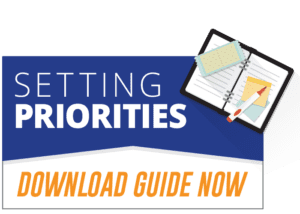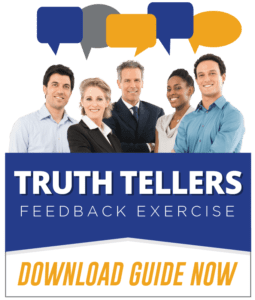By: Gregg Dedrick, President and Co-Founder of David Novak Leadership
“Just do it!” I bet you’re familiar with this Nike slogan that encourages us to take action. While this can be good advice, I believe it’s important for organizations to adopt a “just don’t do it!” campaign. Why? Because the seduction of shiny objects is constantly tempting you, as a leader, to take on something else, find the silver bullet, and drift away from your True North. And while it’s tempting to “just do it,” what if “just don’t do it” is the right answer?
As I shared in my previous blogs, finding your True North begins with answering three questions. Then, you stay focused on your True North by communicating it to everyone and using it in all your decision making.
The seduction of shiny objects comes into play when there’s a new initiative everyone is excited to implement. It sounds great. People are passionate about its potential. And it’s tempting as a leader to say yes when everyone else thinks it’s a good idea. I know because I was particularly vulnerable to a new initiative that was a shiny object. But what if it’s not a good idea? What if implementing this initiative takes you three degrees off course from who you really are? Over time, you’ll end up far away from your True North.
 The Pyramid Slide became our screening tool for shiny objects at KFC. When a new initiative was proposed, we would look at the Pyramid Slide to see where it fit. Then we would ask questions like these about the shiny object:
The Pyramid Slide became our screening tool for shiny objects at KFC. When a new initiative was proposed, we would look at the Pyramid Slide to see where it fit. Then we would ask questions like these about the shiny object:
- How does it fit our True North?
- How does it fit into the pacing and sequencing of what’s going on to ensure it has the most impact?
- How does it propel us towards brand revitalization?
- How does it propel us towards brand revitalization?
- Is this more important than what we’re already doing?
If we couldn’t answer these questions well, we chose to “just not do it.” The Pyramid Slide helped us determine when we should say yes or no to shiny objects.
At KFC, breakfast sandwiches and adding healthy menu items were all shiny objects for me. It was tempting to say “just do it” when our competition had huge success. Take breakfast, for example. Our competition succeeded with breakfast, and it was tempting to dive in and see how KFC could “just do breakfast” too. But breakfast didn’t fit with our pacing and sequencing, so we chose to “just not do it.” It was tempting to add salads to our menu to provide healthy options for our customers, but we chose to “just not do it” because it didn’t align with our brand positioning.
Your True North must become an endless drumbeat because organizations have short memories and voracious appetites to embrace the seduction of shiny objects. You, as the leader, must find the courage to stay focused on what’s most important, rather than the things that are the newest fad or the things you have a personal interest in. You must have the courage to “just not do it” when everyone else is telling you to give in. You have to keep your team on the path to True North.
You’re now officially ready to implement what you’ve learned by answering the three questions, defining your True North, and avoiding the seduction of shiny objects. Use this guide to create a plan for turning your intentions into action. Having others engaged in your journey is important, so involve them from the beginning. And remember to invite others to help you and hold you accountable as you begin your journey to discover your True North.
Who do you want to invite on your journey to discovering your True North? Share this blog series with them today, and invite them along.
Recent Leadership Posts
[recent_posts count=”4″ offset=”1″ category=”blog”]


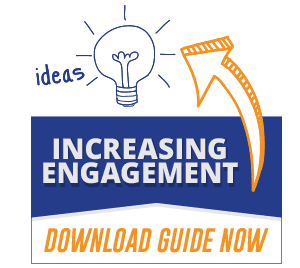
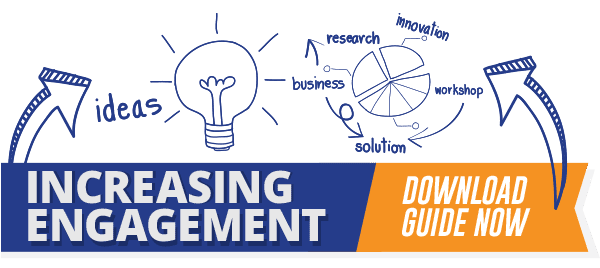




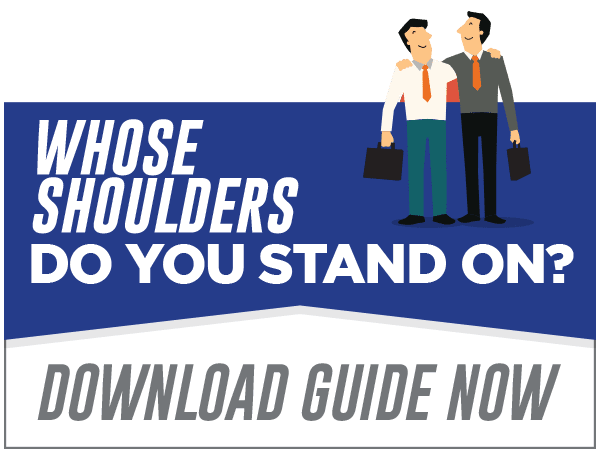


 Did you know I used the same Pyramid Slide for five years? This single slide provided a roadmap for KFC brand revitalization, which was much needed at the time, and it helped us stay the course over the next five years. Our True North, or the top of the Pyramid, was Brand Positioning. All other levels of the Pyramid were viewed through the lens of Brand Positioning. We asked questions like the ones below around each level of the Pyramid to stay on course: Given who we are as a brand,
Did you know I used the same Pyramid Slide for five years? This single slide provided a roadmap for KFC brand revitalization, which was much needed at the time, and it helped us stay the course over the next five years. Our True North, or the top of the Pyramid, was Brand Positioning. All other levels of the Pyramid were viewed through the lens of Brand Positioning. We asked questions like the ones below around each level of the Pyramid to stay on course: Given who we are as a brand, 



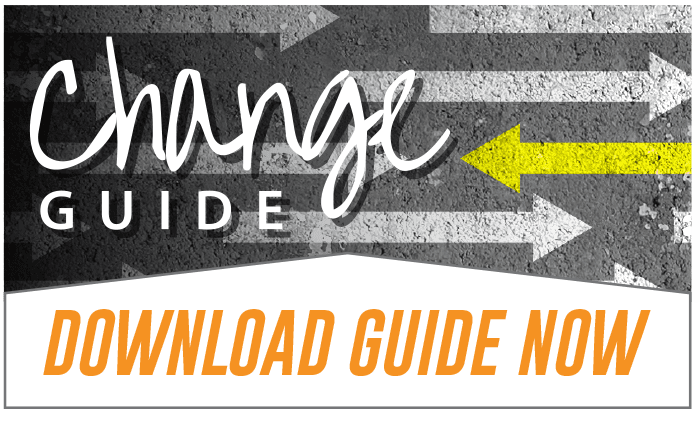






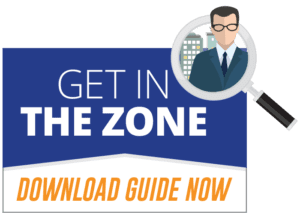
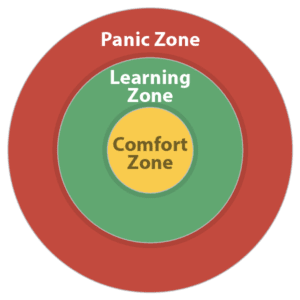 Understanding the Learning Zone
Understanding the Learning Zone 

